What Makes Douglas Fir Seattle’s Most Iconic Conifer?
Douglas Firs are one of the most iconic trees in Seattle, comprising 35% of the urban canopy. They can reach impressive heights of over 200 feet. These trees are easily identifiable by their distinctive cone structure and needle arrangement.
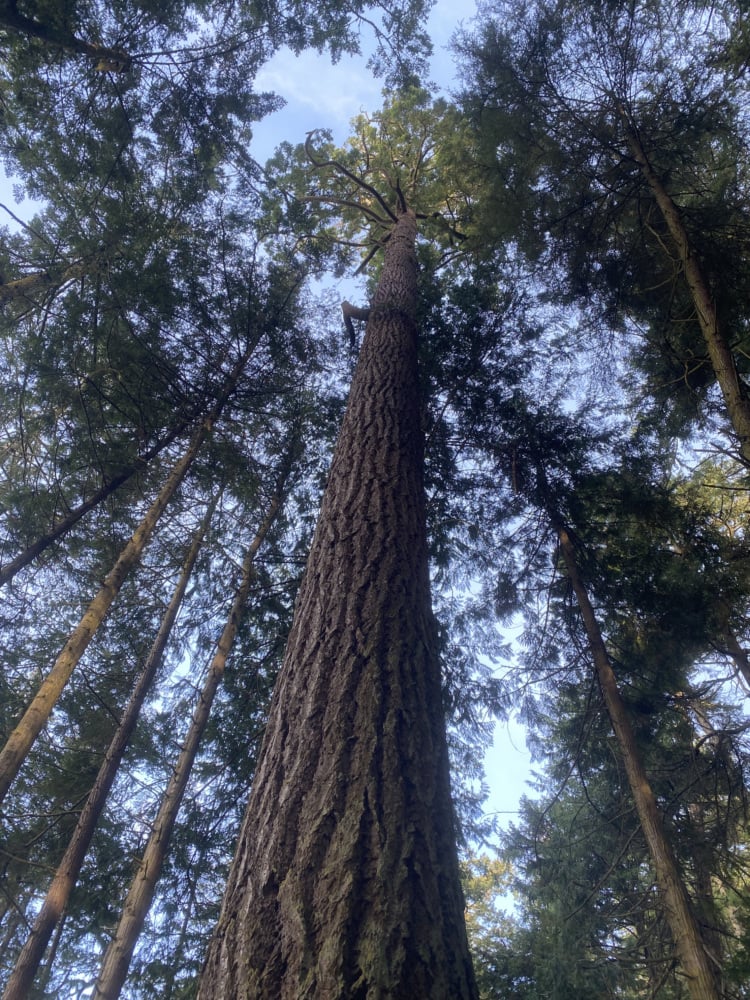
Figure 1. A Douglas Fir tree displaying its characteristic conical shape and distinctive needle arrangement, representing one of Seattle’s most iconic urban canopy species. (Image credit: TPIN Staff | TPIN)
Known for their environmental contributions, they provide vital ecosystem services such as carbon capture. The Douglas Fir is not just a tree but an integral part of Seattle’s green landscape.
How Do You Identify Douglas Fir Trees in Seattle & Their Characteristics?
- Needles: Douglas Fir needles measure 0.75-1.25 inches long and they have distinctive white lines underneath, which help in identification.
- Cone Structure: The cones of Douglas Firs resemble “mouse tails” and “hind feet” shapes.
- Bark Furrowing Patterns: The bark has distinct furrowing patterns, which can help differentiate it from other conifer species.
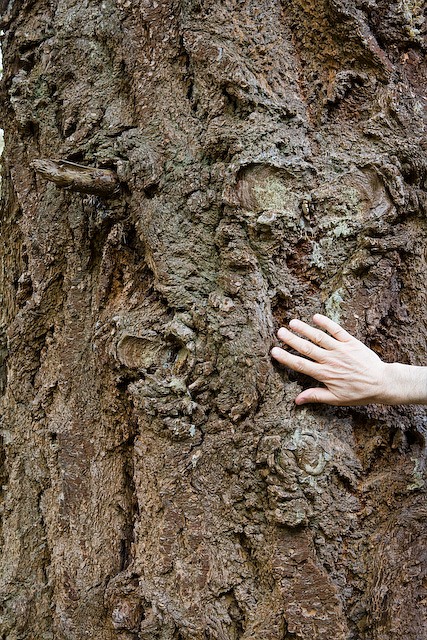
Figure 2. Close-up of the bark of a mature Douglas Fir, showcasing its distinctive furrowing pattern and reddish-brown color.
Seasonal Changes
Douglas Firs show pronounced seasonal variations worldwide, with the year establishing broadly. They normally keep their needles throughout the year, and therefore it is easy to recognize them as evergreens.
As for growth patterns, these trees are fast-growing, especially in their early years, and often develop a uniform shape with time. Cone formation occurs mostly in late spring-early summer with the cones maturing at the end of the summer months.
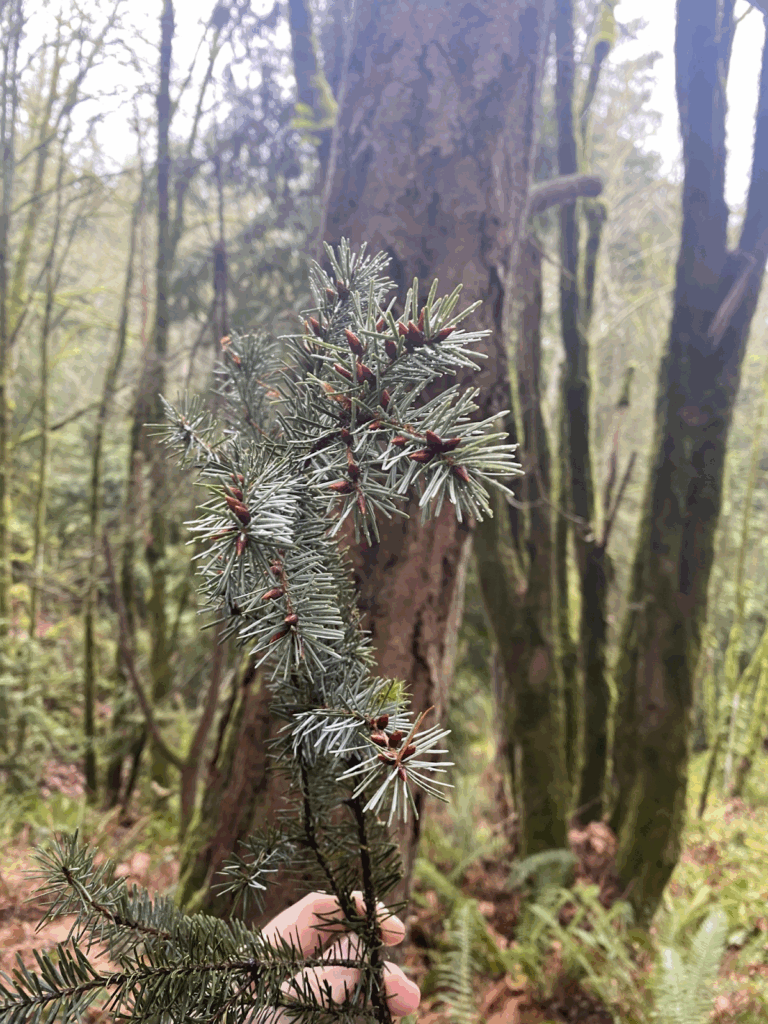
Figure 3. Douglas Fir needles exhibit distinctive needle clusters and reddish-brown cones, making them easy to identify in the Pacific Northwest.
What Are the Key Benefits of Douglas Fir in Seattle Landscapes?
- Douglas Firs offer several significant benefits in Seattle’s landscapes. Environmental Benefits include their ability to absorb 48 pounds of CO2 annually, which helps mitigate climate change.
Regarding the Douglas Firs and Property Value, the Douglas Firs raise home values on aesthetic value and the natural beauty they present to the environment around.
The trees can be used as windbreakers, meaning that they save on energy costs because they make the homes resistant to very strong winds.
Douglas Firs also form a Wildlife Habitat that supports many native bird species and supplies that ecosystem. Their limbs provide protection, and the tree helps sustain different insect and mammal species, hence a very critical component of the ecology of Seattle.
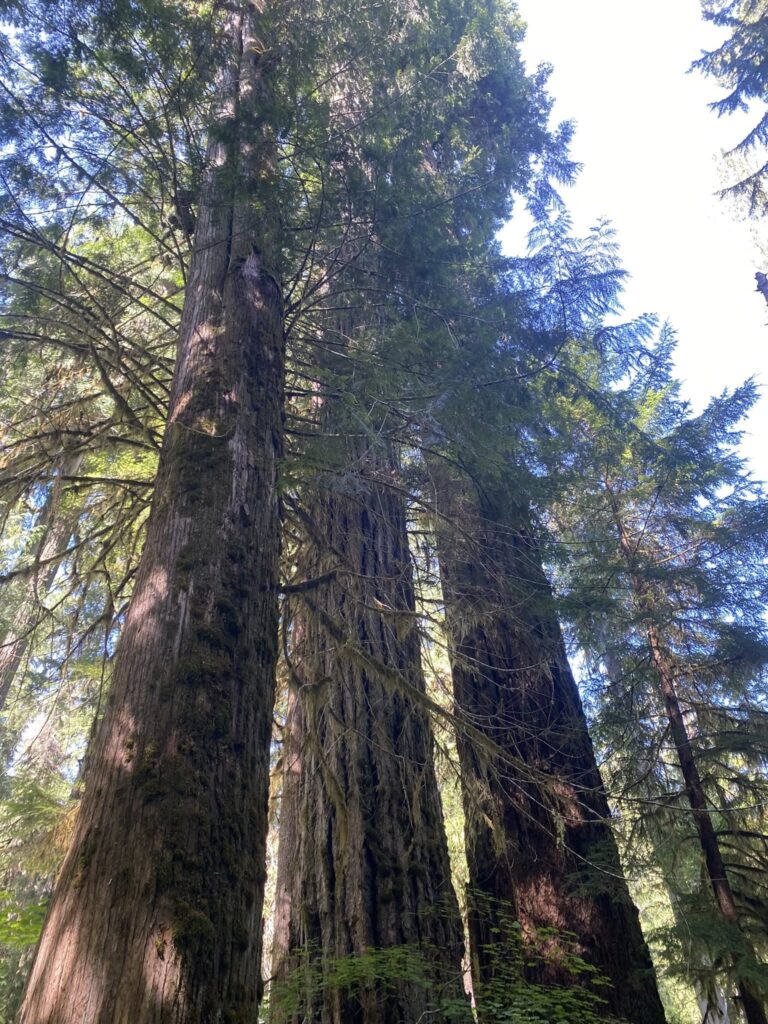
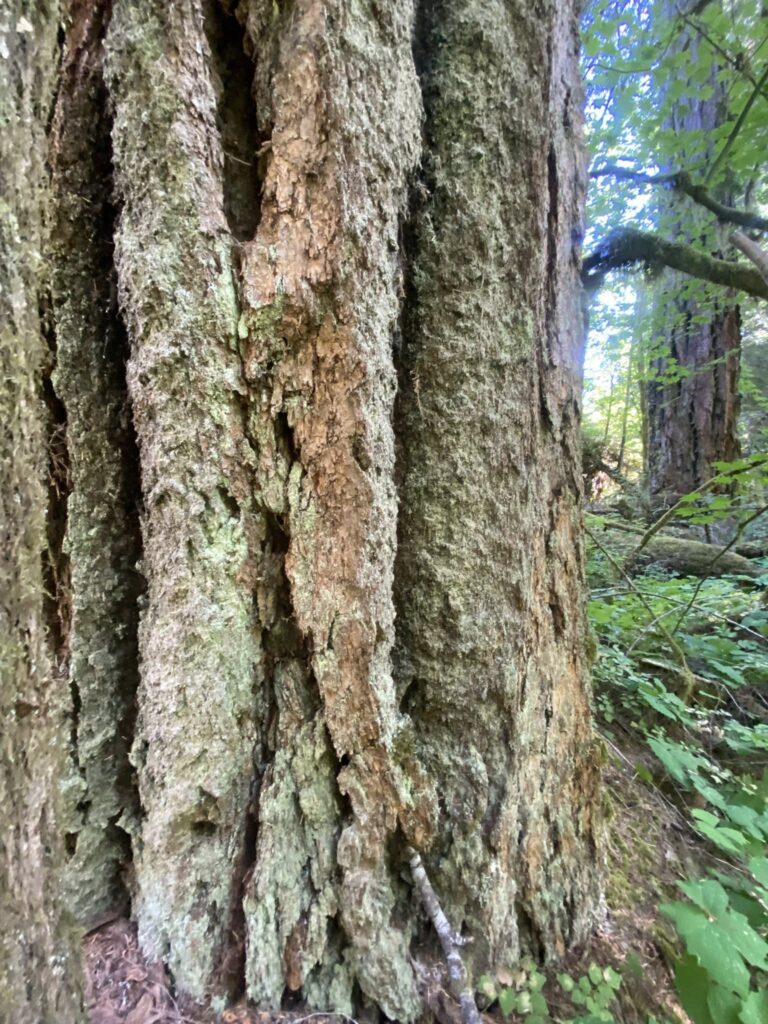
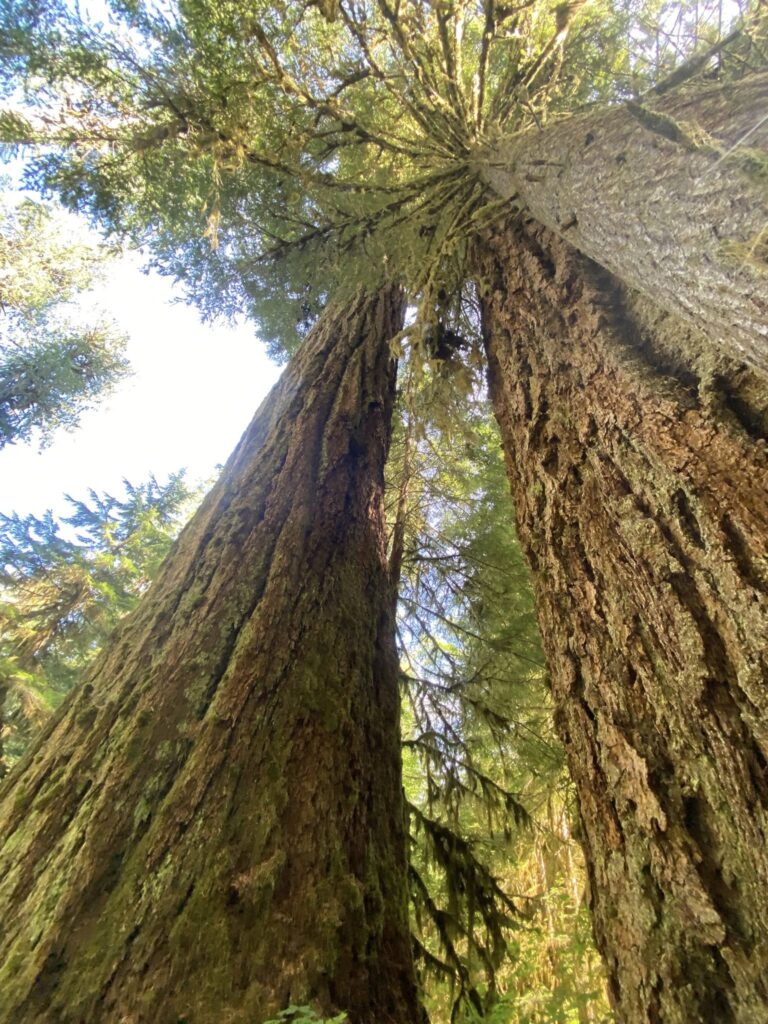
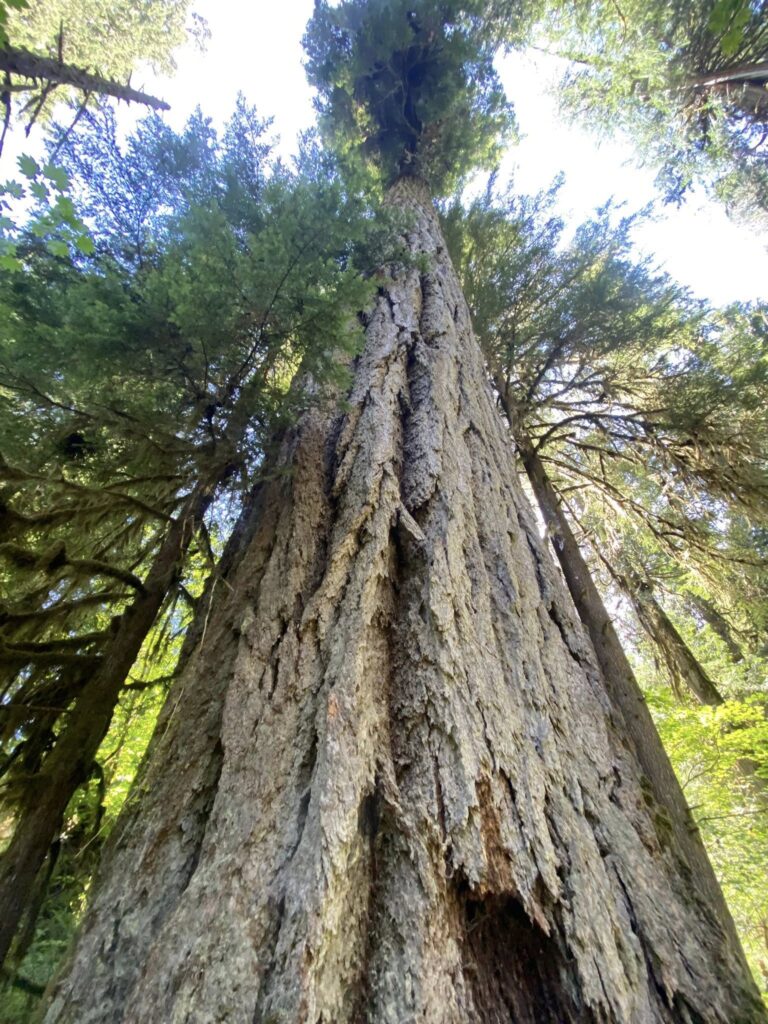
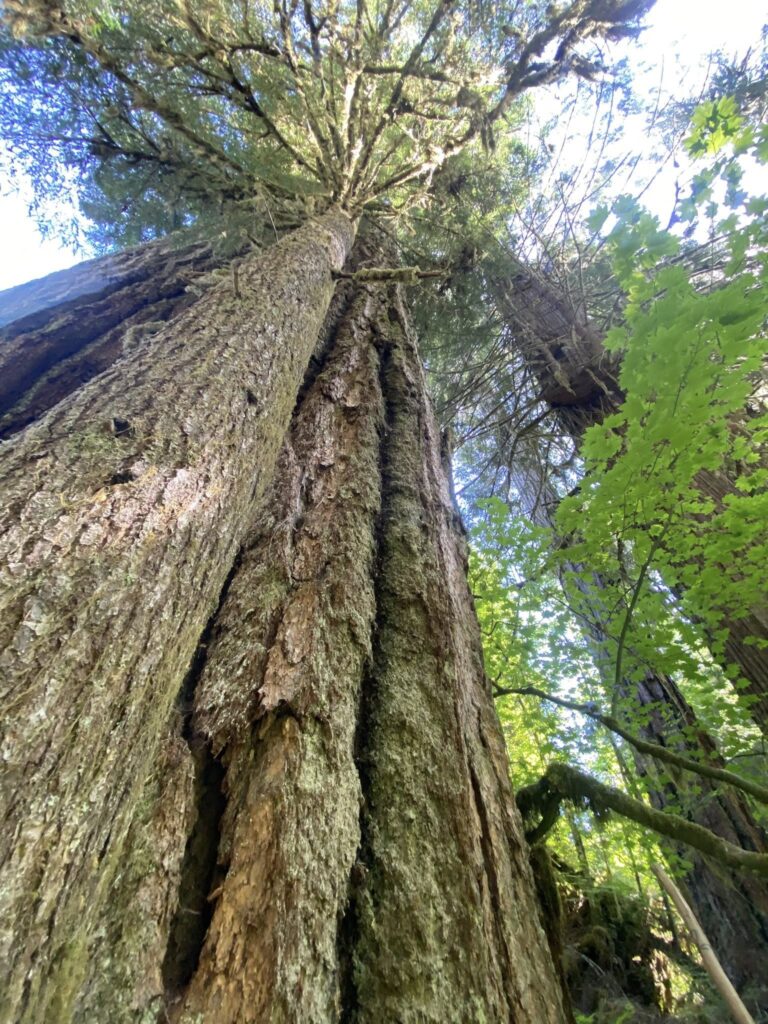
Figure 4. Ancient Douglas fir trees tower through the misty Cascade mountains of southwest Washington state USA, their thick branches home to countless native birds that find shelter among the evergreen needles reaching into the gray cloudy sky. (Credits: Fritz | Facebook)
How Should You Care for Douglas Fir Trees in Seattle?
At Bloomatree, our expertise with Douglas Fir trees in the Seattle area has taught us that these magnificent Pacific Northwest natives thrive when their specific needs are met, they prefer well-drained soil, and they prefer the pH between 6.0 and 7.0.
You should make sure that these trees get 1 inch of water per week when the weather is dry, particularly during the establishment. To fertilize it, the balanced fertilizer is recommended in early spring, so that it helps them grow well.

Figure 5. A young Douglas Fir tree, showcasing its lush, dense foliage. Proper planting and care are essential for healthy growth. (Image credit: F. D. Richards)
What Are Common Douglas Fir Diseases & Problems in Seattle?
Examples of Disease Issues that affect the Douglas Firs in Seattle are Swiss needle cast, which causes the needles to become yellow and fall off prematurely, and root rot and canker diseases, which make the tree structurally and health-wise weaker.
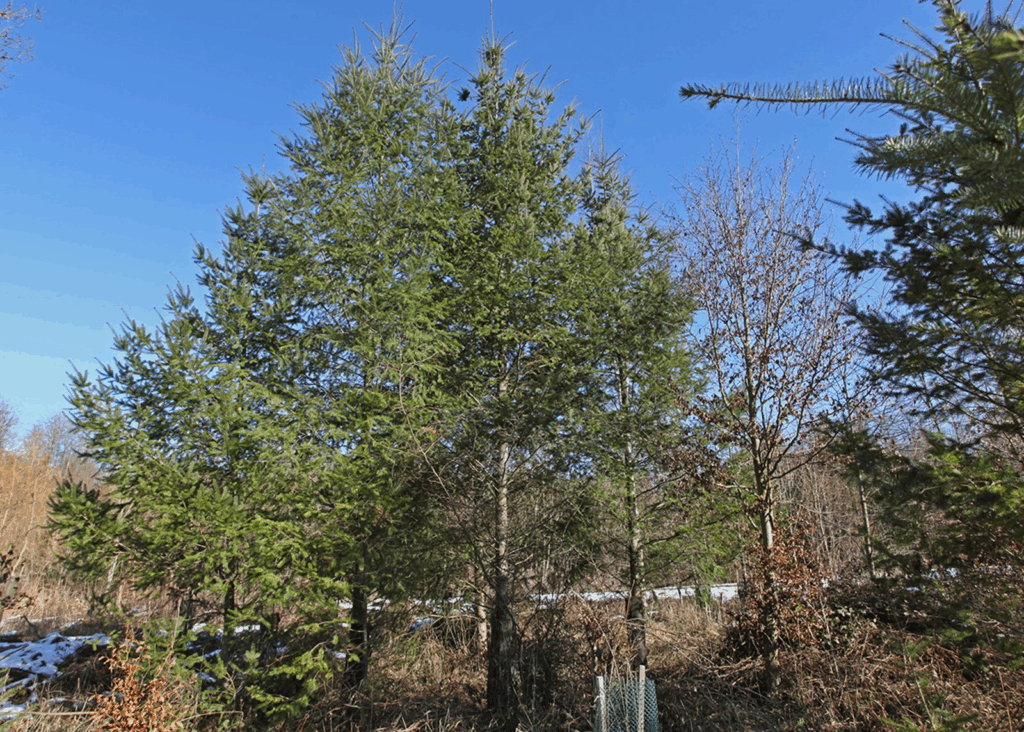
Figure 6. Douglas Firs on a windthrow site; young trees are vulnerable to diseases and damage from game, with high humidity and waterlogging being the most significant hazards.
Pest Problems are also common, including infestations by the Douglas-fir tussock moth, aphids, and scale insects, all of which damage the tree’s foliage.
Environmental Stressors, such as drought damage, compacted soil, and air pollution, can further harm these trees. Swiss needle cast affects 60% of Douglas Firs in urban Seattle environments.
Where Can You See Outstanding Douglas Fir Examples in Seattle?
Seattle boasts some remarkable Douglas Fir specimens. Discovery Park serves as home to some of the most impressive trees, where there are towering and impressive Douglas Firs, which are some of the tallest trees in the city. As well, there are great examples at Seward Park, Lincoln Park, and the Washington Park Arboretum.
When Does Douglas Fir Require Professional Pruning?
The Douglas Fir trees require pruning so that they can have a healthy and organized structure. Any trees more than 15 feet in height must be subjected to a professional inspection to ascertain that they will have proper structural pruning.
This is necessary to curb the breakage being caused by falling branches as well as to ensure that the tree is stable.
Pruning should be best carried out during the dormant period, which is normally November to February, with the tree facing an insignificant chance of being stressed.
It’s also crucial to consider safety concerns, particularly if the tree is close to power lines, structures, or walkways, as pruning could prevent potential hazards.







